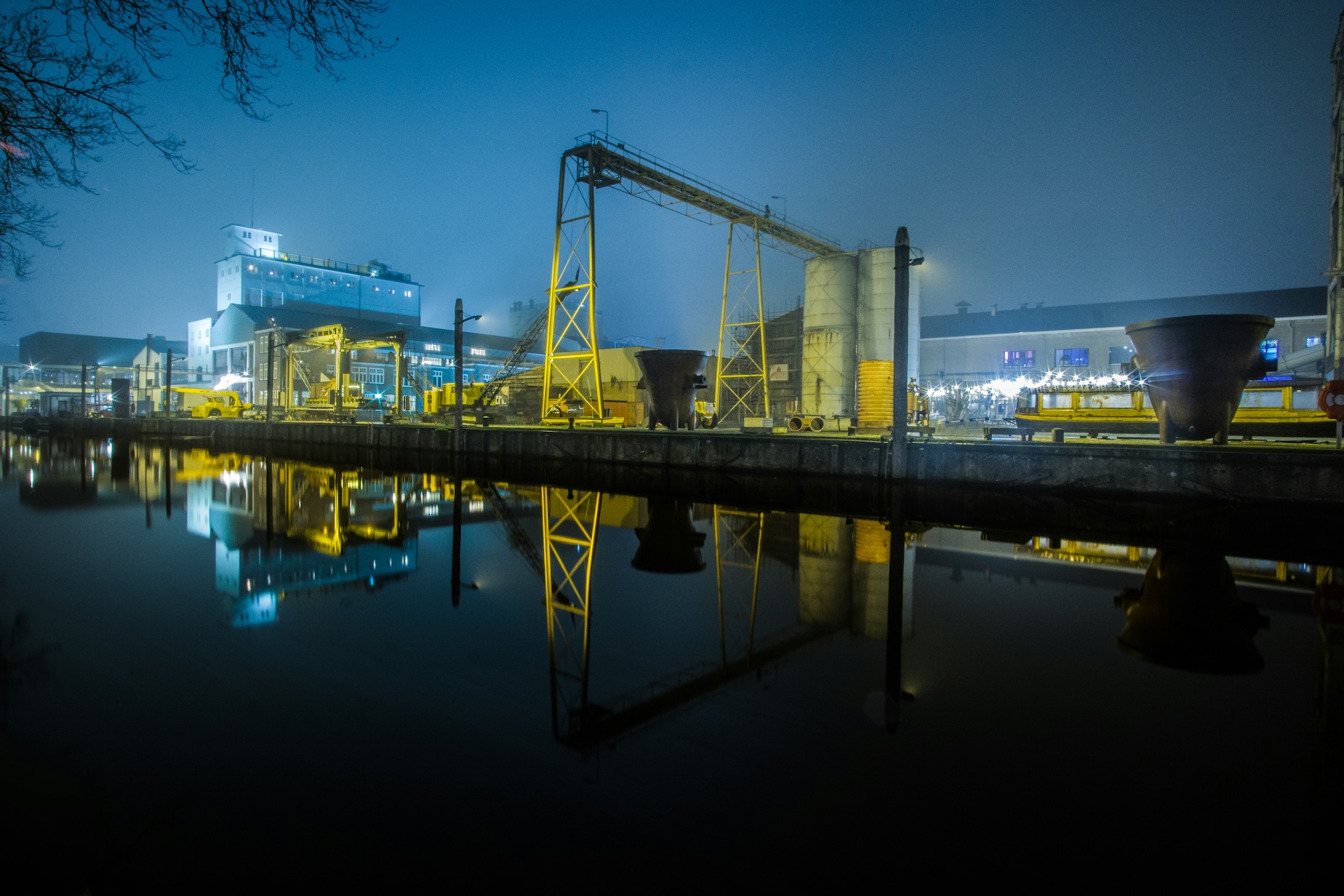In this Article
In today’s rapidly evolving Information and Communication Technology (ICT) landscape, automation and control systems play a pivotal role in driving efficiency, productivity, and innovation across various sectors. However, as these systems become increasingly reliant on advanced ICT networks and cloud infrastructure, they also encounter new challenges that were not present in the past. This article explores the top five challenges facing modern automation and control systems in the context of today’s ICT environment, drawing comparisons with the systems of the past that may not have relied as heavily on such technologies. We also delve into emerging trends within the automation and control industry and how these trends may influence the industry and the challenges discussed.
Introduction
The integration of ICT networks and cloud infrastructure into automation and control systems has revolutionised how businesses operate, offering unprecedented levels of control, scalability, and flexibility. However, this evolution has not come without its set of challenges. Unlike the automation systems of the past, which were often standalone and less dependent on external networks, today’s systems are intricately connected, making them susceptible to a range of modern-day issues.
Top 5 Challenges
1. Cybersecurity Vulnerabilities
One of the most pressing challenges is the increased risk of cybersecurity threats. Modern systems are connected to the internet and internal networks, exposing them to potential cyber-attacks that can disrupt operations, compromise data, and even cause physical damage. In contrast, legacy systems, being more isolated, were less exposed to such threats.
2. Complexity in Integration
The integration of new technologies with existing infrastructure presents significant challenges. Today’s systems must seamlessly interact with a wide range of devices, protocols, and platforms, including legacy equipment. This complexity was less of an issue in the past when systems were more homogeneous and less interconnected.
3. Reliability and Availability
As automation and control systems become more complex and reliant on networked technologies, ensuring their reliability and availability becomes more challenging. Any network disruptions or cloud outages can have immediate and widespread effects on operations. Previously, systems were more self-contained, making them inherently more resistant to external disruptions.
4. Data Privacy and Ownership
The advent of cloud-based solutions has raised concerns about data privacy and ownership. Modern systems generate vast amounts of data that are often stored and processed in the cloud, leading to questions about who owns this data and how it is protected. This challenge was virtually nonexistent in the past when data remained on-premises.
5. Skills Gap
The current pace of technological advancement has led to a significant skills gap. The workforce must now possess a combination of traditional engineering skills and expertise in ICT, cybersecurity, and data analytics. This dual requirement was less critical in the past, where the focus was more on mechanical and electrical engineering.
Emerging Trends and Their Impact
Several emerging trends are shaping the automation and control industry, potentially influencing how these challenges are addressed:
– Increased Use of Artificial Intelligence (AI) and Machine Learning (ML): AI and ML are being increasingly used to enhance decision-making, predict maintenance needs, and optimize operations. These technologies can also play a role in addressing cybersecurity threats and integration complexities.
– Edge Computing: By processing data closer to where it is generated, edge computing reduces latency and reliance on cloud services, addressing concerns related to reliability, availability, and data privacy.
– Digital Twins: These virtual representations of physical systems allow for simulation, analysis, and control, helping to manage the complexity of modern systems and train personnel, thereby mitigating the skills gap issue.
– Blockchain: Blockchain technology offers new ways to ensure data integrity and security, potentially alleviating concerns around cybersecurity and data ownership.
Conclusion
As the automation and control industry continues to evolve, it faces a unique set of challenges driven by the integration of advanced ICT networks and cloud infrastructure. These challenges include cybersecurity vulnerabilities, integration complexities, issues with reliability and availability, concerns around data privacy and ownership, and the growing skills gap. However, emerging trends such as AI, edge computing, digital twins, and blockchain offer promising avenues to address these challenges. By embracing these technologies and focusing on developing the necessary skills within the workforce, the industry can navigate these challenges and continue to advance in the era of digital transformation.
References
This article draws on insights from industry experts and current trends in automation and control systems. For further reading and to deepen your understanding of the challenges and solutions discussed, the following resources are recommended:
– “Cybersecurity for Industrial Control Systems: Challenges and Solutions”
– “Integrating AI in Automation: Trends and Implications”
– “Edge Computing in the Internet of Things” – IEEE Access.
Related Blog Posts
How Smart Cities Connect: Getting Started with Edge AI and IoT Technology
How to Get Started with Edge AI and IoT Technologies in Smart Cities: Overcoming Integration Challenges In recent years, the concept of smart cities has evolved from a futuristic Read More
5 Step Strategy: Ensuring Security and Privacy in 15-Minute Smart Cities
Introduction Ensuring security and privacy in 15-minute smart cities is a critical challenge as urban areas become increasingly connected through IoT and edge AI technologies. These cities aim to Read More
What is a smart city and the challenge of legacy systems
How to Get Started with Integrating Legacy Systems in Smart Cities Smart cities are transforming urban landscapes by leveraging technology to improve the quality of life for residents. However, Read More




